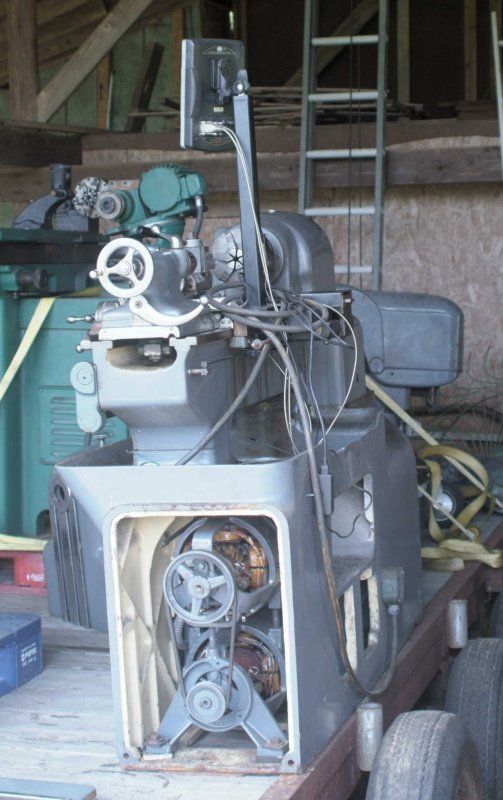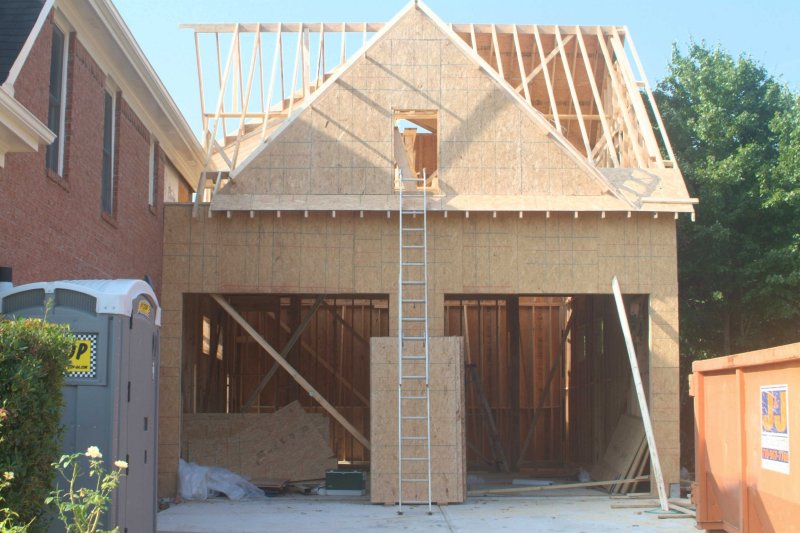Here is a pic of the lathe as it was with the panels removed for inspection.
It appears that we will be able to park inside the new garage floor in a couple more weeks, so I will be able to get the machines into the current garage, hook them up to a phase converter, and do whatever refurbing they need. OTOH I will be doing a fair amount of finishing work in the new space (wiring, insulation, upstairs flooring and baseboards, bathroom/kitchen installation), so I don't know how soon I will be operational. I want to put some sort of epoxy coating on the new garage floor before I fully install the machinery. Given that the drawbar on the mill needs air to operate, I will be running an additional line from the compressor to the wall where the mill will end up.
I have been taking classes at the local votech school for the past two months using a Chevalier BP clone and a Harrison M350 lathe (bigger than the Monarch), so I do have a bit of experience with this scale machine. I'll continue with the classes at least through the Fall quarter. Not only do I get a lot of hands-on experience that way, but avoid a lot of the mistakes I read about from people who are learning from "hard knocks". It's nice to be able to ask the instructor how to do something the best way. I also get a good idea of what things I'll need to buy.
I unpacked the boxes from the truck last night. Found a few nice large end mills, a brand new pair of 123 blocks still wrapped in wax paper, an edge finder, and even an unused "kool mist" attachment still in the box. There are also a couple of R8 tool holders. The chuck wrench for the 6-jaw is too large for the 4-jaw, so I will likely try to make one in shop class. There are also 4 steel "pucks" for leveling the mill.
Here is the current state of the build:
As for lighting, I will be installing this type of light in the garage level:
http://www.fullspectrumsolutions.com/commercial_lighting_fixtures_35_ctg.htm





